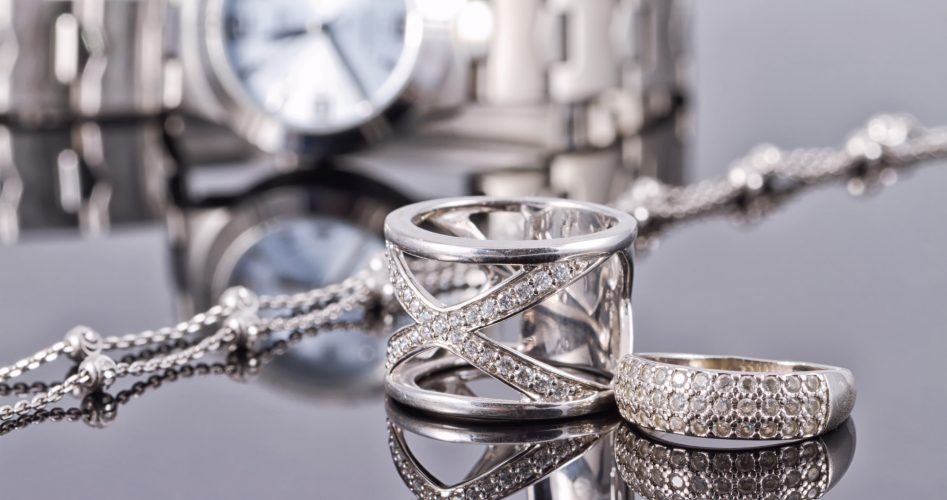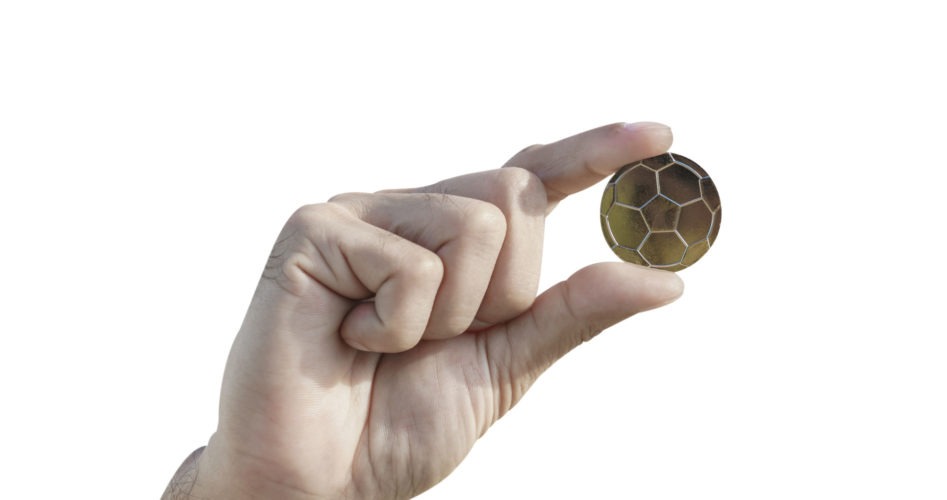How to Keep Your Silver Jewelry Looking Shiny
You’ve got the perfect outfit idea for your outing tonight, complete with jewelry. Well, you would be wearing your silver jewelry but when you pull it out of storage, it’s got this gross black coating on it.
This black coating is called tarnish. Tarnish naturally appears on any jewelry after a long while of you not wearing it. The only way to prevent this layer of corrosion from appearing is by cleaning your jewelry on a regular basis.
Are you not sure how to clean silver jewelry? Don’t worry, we do. Keep reading to learn more about how to keep your favorite necklaces and rings spotless and tarnish-free.
Storing Your Jewelry
The first step to clean silver is storage. when your jewelry is left out and exposed to the air, tarnish begins to form at an alarming rate.
Granted, even if your jewelry is sitting in an airtight box it can still tarnish. It just doesn’t happen quite as fast. What you can do is place your silver in an airtight bag that has anti-tarnish strips.
Keep in mind that you shouldn’t put more than one piece of jewelry in a bag. Silver is soft and can scratch if allowed to rub together.
Polishing
If the tarnish isn’t that bad, you can get by with polishing it. Again, silver is quite soft and can be scratched up easily. You’ll want to be careful.
Either use a cloth that’s specially made for silver or a microfiber cloth. Whatever you do, don’t use a paper towel. They contain fibers that will harm the silver.
Seek out Professional Care
If your pieces have a heavy layer of tarnish on them or are super old and brittle, they should be taken to a cleaning professional. They’ll have all the tools necessary to restore the brilliance of your jewelry without breaking it.
Homemade Cleaners
You can use commercial cleaners to scrub your silver jewellery but there are more negatives to using them than positives. Cleaning silver with homemade products is the way to go.
Warm water and mild dish soap is the best method available to you. If you can’t find dish liquid that’s mild enough, you can create a paste with baking soda and water.
Only put a small amount on the jewelry, polish it, and rinse it off with warm water. Dry it off with a microfiber cloth.
You can also use vinegar and baking soda. Combine half a cup of vinegar with 2 tablespoons of baking soda. Allow the jewelry to soak in the solution for a few hours before you take it out to rinse and dry it.
How to Clean Silver Jewelry and Restore Its Shine
That’s all you need to know about how to clean silver jewelry. When in doubt, homemade solutions are your best bet. You can use commercial cleaners but they may harm the silver and the environment.
Once you’re done cleaning it (and aren’t wearing it), you should store it in an airtight bag. This will ensure that your jewelry stays shiny for years to come.
Do you have all your jewelry sparkling clean now? Glad to hear it. Check out our blog daily for even more articles like this one.

